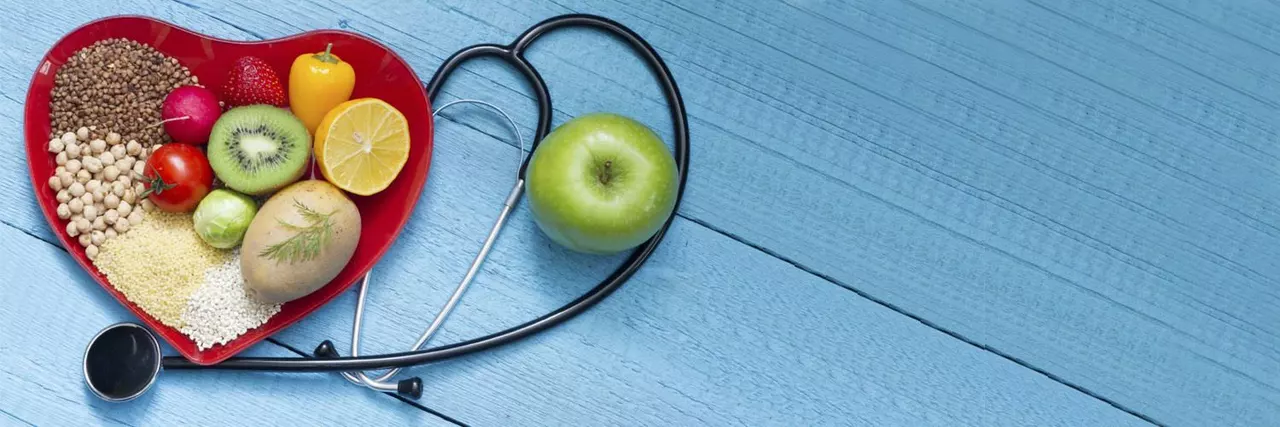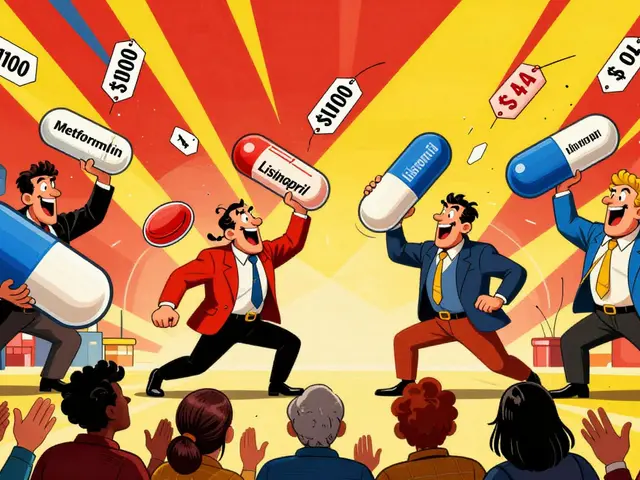Cholesterol Management: Simple Steps for Better Heart Health
If your last blood test showed high LDL or you just want to keep your ticker in top shape, you’re in the right spot. Cholesterol isn’t a villain by itself; it’s how much of the bad kind builds up that matters. Below are easy-to-follow actions you can start today.
Diet and Lifestyle Hacks
First, look at what lands on your plate. Swap out greasy burgers for grilled chicken or beans, and choose whole‑grain breads over white ones. A handful of almonds, a slice of avocado, or a spoonful of olive oil adds healthy fats that actually help lower bad cholesterol.
Fiber is another secret weapon. Foods like oats, apples, and carrots pull cholesterol out of your bloodstream as they move through the gut. Aim for at least 25‑30 grams of fiber daily – think a bowl of oatmeal topped with berries or a big mixed salad with beans.
Regular movement makes a difference too. You don’t need a marathon; brisk walking, cycling, or a quick home workout for 150 minutes each week can raise HDL (the good cholesterol) and shrink LDL levels.
Weight matters. Even a modest five‑percent drop if you’re overweight can improve your numbers. Pair the diet swaps above with consistent activity, and watch the scale move in the right direction.
Don’t forget the small habits: quit smoking, limit alcohol to one drink a day for women or two for men, and manage stress with short breaks or meditation. These tweaks together create a solid foundation before you consider any pills.
When Medication Helps
If lifestyle changes alone haven’t moved the needle, doctors often turn to statins – drugs that lower cholesterol production in the liver. Lipitor (atorvastatin) is one of the most prescribed options because it’s proven to cut heart‑attack risk.
How does Lipitor work? It blocks an enzyme your body needs to make LDL, so less bad cholesterol circulates. Most people start with a low dose and adjust based on follow‑up blood tests. Side effects can include mild muscle aches or digestive upset; serious issues are rare but worth discussing with your physician.
Taking the medication right matters. Swallow it with water, preferably in the evening since cholesterol synthesis peaks at night. Keep a calendar reminder for refills and schedule lab checks every 3‑6 months to track progress.
Some patients ask about natural alternatives like omega‑3 fish oil or plant sterols. While they can add modest benefits, they don’t replace statins if you have significantly high LDL or existing heart disease.
The bottom line: start with diet, exercise, and habit tweaks; move to medication only when your doctor says it’s needed. Combining both approaches gives the best chance of keeping arteries clear and staying active for years.



